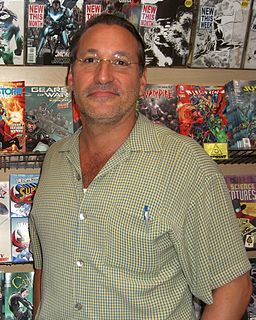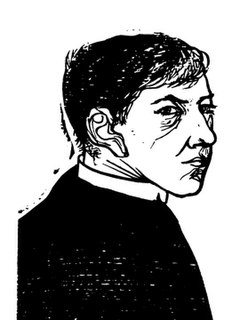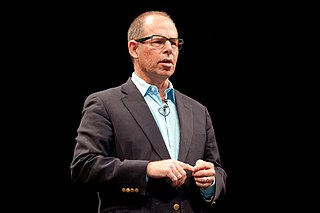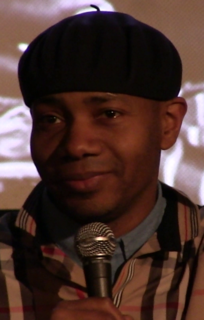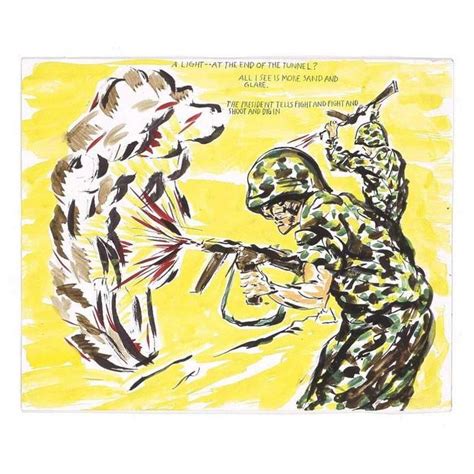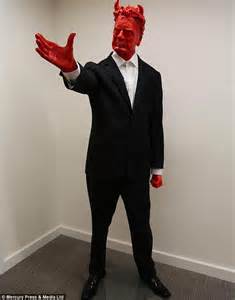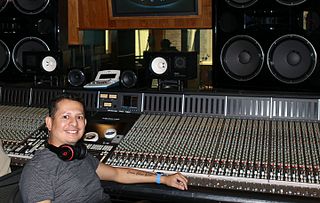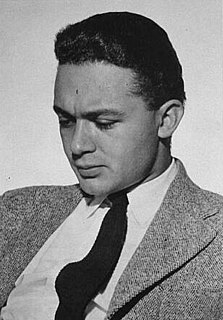A Quote by Chip Kidd
Commercial Art tries to make you buy things. Graphic Design gives you ideas.
Quote Topics
Related Quotes
Graphic design was largely about communication in an artistic or creative manner, much like writing is used to convey ideas. Many designers completely miss that aspect of the "art." Some are completely satisfied with just making things pretty, without taking the communication element into consideration.
In my book "Sound Unbound" we traced the guy who actually came up with the main concept for the graphic design of the record cover sleeve. His name is Alex Steinweiss. And one of the things in my book that we really tried to figure out was the revolution in graphic design that occurred when people put images on album covers.
I've been working on a graphic about carbon emissions. It's an incredibly simple graphic - a bunch of blocks and a table below it - but it's taken me three weeks to design. For some reason it just wasn't working. Then finally I realized there was a number present, which I was rendering in each version, that wasn't necessary for the understanding of the piece. This figure was getting in the way and distracting from the main flow of the narrative. As soon as I pulled that graphic out of the design, it sprang into focus. Suddenly it worked.
People say graphic design is so different now, because you have so many more pixels and colors to work with... But when you study art history, you see there's just nothing new under the sun. Mosaics and needlework, it's all analogous to pixel and bitmap art. And with it all, good design's not about what medium you're working in, it's about thinking hard about what you want to do and what you have to work with before you start.
